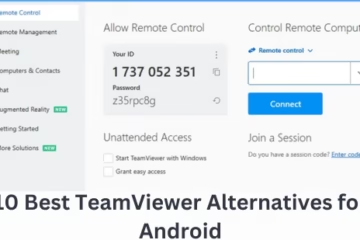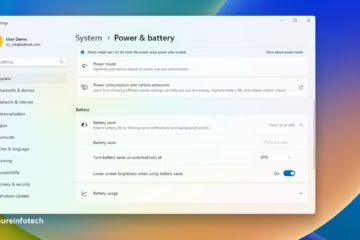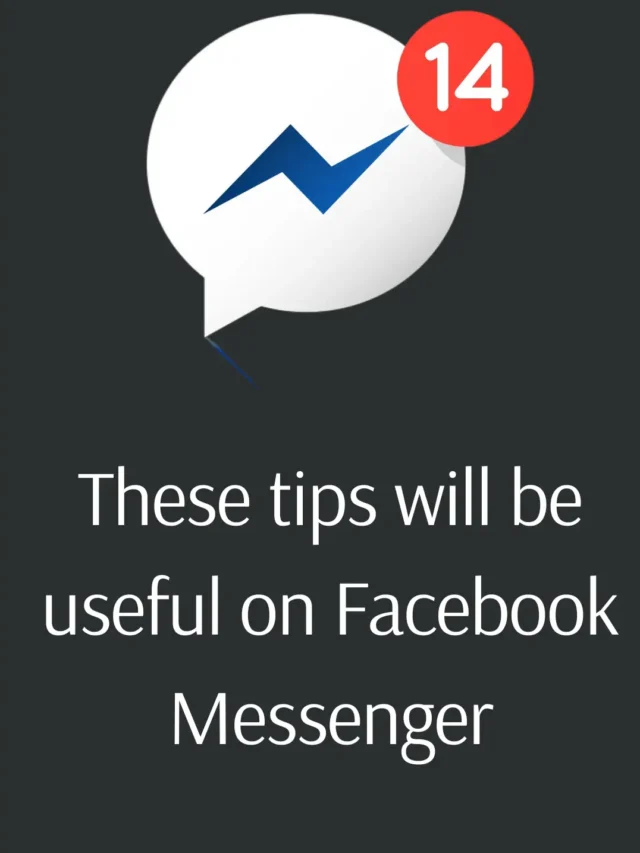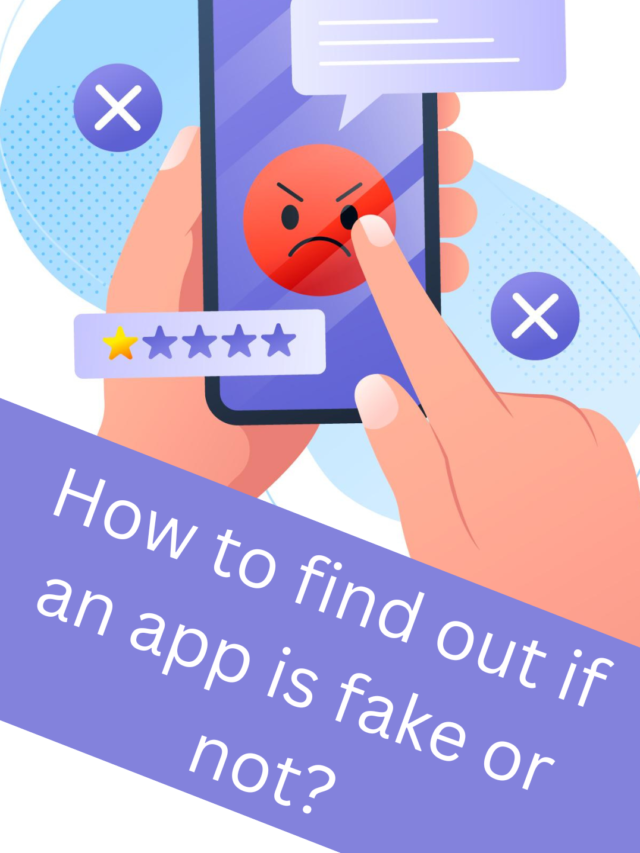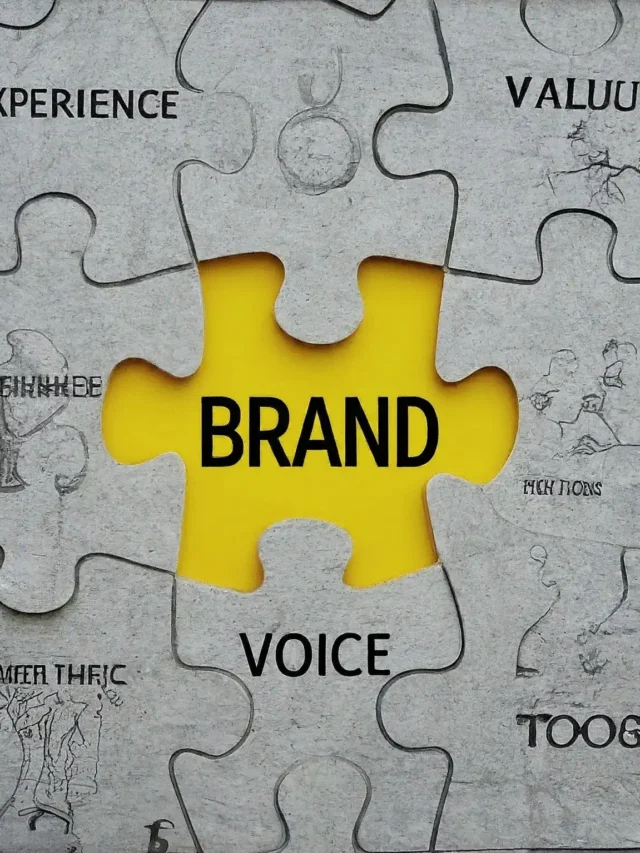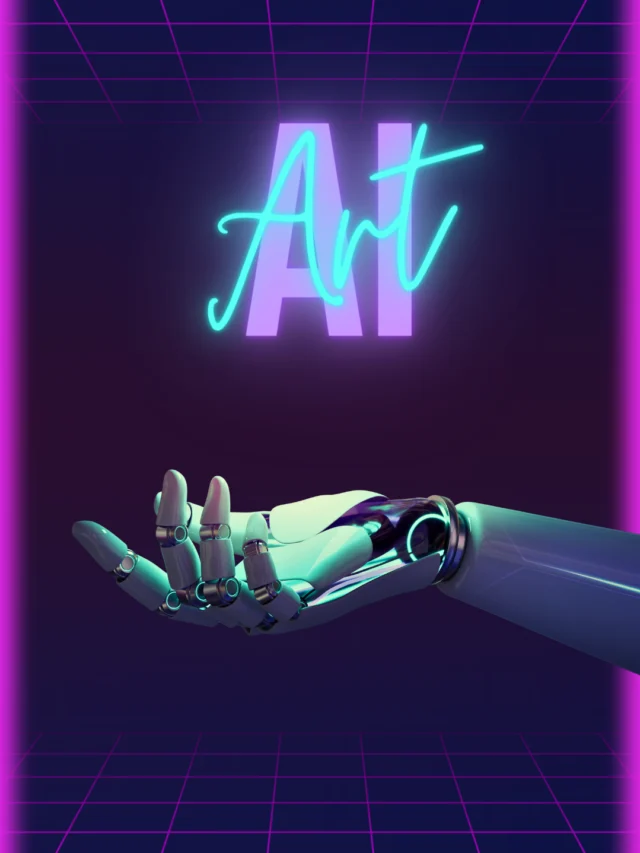If you’re looking to take your chatbot’s conversations to the next level, consider incorporating GPT-powered chat assistants. These advanced AI models use natural language processing to generate human-like responses and can greatly enhance the user experience. In this beginner’s guide, we’ll explore how to create an engaging dialogue using GPT models for your chatbot.
What is GPT?
GPT stands for “Generative Pre-trained Transformer” and is an advanced language processing system developed by OpenAI. It uses a neural network to generate human-like responses to text-based prompts, making it perfect for conversational AI applications like chatbots. GPT models are pre-trained on large datasets of human language, giving them an understanding of common patterns and structures. This allows for more natural and engaging dialogue between the chatbot and the user.
How does GPT work in conversational assistants?
GPT stands for Generative Pre-trained Transformer and is a natural language processing system that uses advanced algorithms to generate human-like responses to text-based prompts. In conversational assistants like chatbots, GPT models are pre-trained on large datasets of human language, which helps them understand the context and nuances of how humans communicate. This enables chatbots to provide more relevant and engaging responses to users, resulting in a better user experience. By leveraging GPT technology, businesses can improve their customer service capabilities and enhance their brand image through more personalized interactions with customers.
Benefits of using GPT for chatbots.
There are several benefits to using GPT for chatbots. One of the biggest advantages is that GPT models can provide more natural and human-like responses to user queries, making conversations feel more fluid and engaging. With GPT-powered chatbots, businesses can enhance their customer service capabilities by providing personalized support 24/7, which can help increase customer satisfaction and loyalty. Additionally, GPT models are highly adaptable and can be tailored to specific industries or use cases, allowing businesses to create customized chatbots that meet the unique needs of their customers. Overall, incorporating GPT technology into chatbot development can lead to more effective and impactful interactions with users.
Creating an engaging dialogue with GPT.
Creating engaging dialogue is essential to the success of any chatbot, and GPT technology can help take your conversations to the next level. GPT models have the ability to generate responses that are more natural-sounding and personalized, which can make conversations with your chatbot feel more like interactions with a real person. To get started with GPT-powered chat assistants, you’ll first need to train your model on a large dataset of conversational examples. Once your model is trained, you can integrate it into your chatbot platform and start testing its conversational abilities in real-world scenarios. With practice and fine-tuning, you can create chatbots that deliver engaging and helpful dialogue to your users 24/7.
Best practices for implementing GPT into your chatbot.
When implementing GPT into your chatbot, it’s important to keep a few best practices in mind. First, consider the tone and personality of your chatbot, and use that as a guide for the type of dialogue you want to generate. You should also carefully curate the data used to train your model, selecting examples that align with your brand and target audience. It’s also important to continually test and evaluate your chatbot’s performance, making adjustments as needed based on user feedback. Finally, be sure to incorporate measures to protect user privacy and security when using machine learning technology like GPT. With these best practices in place, you can create a GPT-powered chatbot that offers personalized and engaging conversations for your users.


.webp)

